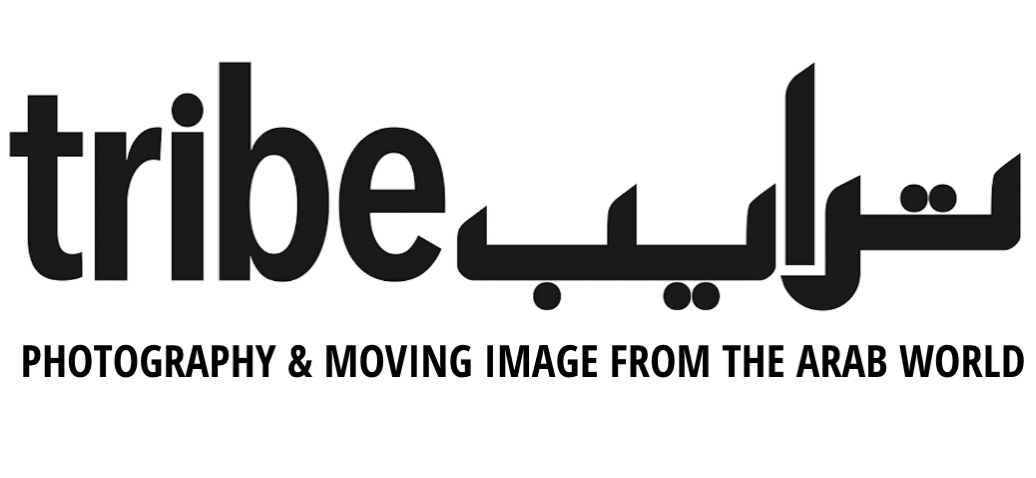Toufic Beyhum: Burqa
Man is earth’s most successful predator
Toufic Beyhum, Untitled, from the series Burqa (2016). Courtesy of the artist.
With text by Carl Gough, director and writer.
Toufic Beyhum vividly remembers the first time he saw a falcon. He was still a child, standing in the lobby of a hotel, when he saw a man walk from the lift with a hooded falcon on his arm. “He asked reception to deliver raw meat to his room.” It’s fair to say the encounter left an indelible mark on Beyhum.
“That scene sparked my interest in falcons, which eventually became an obsession with falcon hoods, also known as burqas,” says Beyhum, a Lebanese-born, London-raised photographer-slash-advertising creative director. “For centuries the hoods have been a source of Arabic pride, and the extravagant designs are so beautiful, so intricate, I’ve wondered what they would look like if worn by humans. So I had some made.”
Beyhum has had an international career in advertising, having worked in New York, Dubai, Berlin and London. But his true love is photography, where his natural style is reportage. He has an uncanny knack for catching people in all their un-posed glory. One simply has to flick through his book Emotions in Motion, the result of a two-year-long project photographing commuters on Berlin’s U-Bahn, to get an idea of his ability to capture moments of candor from subjects who are completely unware they are being photographed.
He is also co-director of an insightful documentary on the Bedouin of Petra called After Tomorrow: a film that illustrates this skill even further.
For this project he decided to switch things up. “My inspiration for the falcon hood shoot was the portraits of Sheikhs you see in most hotels in the Gulf. Very staged and dramatically-lit. I had to perform my shoot in a studio to achieve the same results.”
First, however, he had to figure out how to get the masks made, and it was while living in the UK that he found a way to bring his idea to life. His research into the strange world of leather art led to him commissioning three craftsmen to create human-sized falcon hoods.
Before a stitch was sewn, though, Beyhum and his artists had to study every aspect of hood design.
Hoods are used to keep raptors calm. Their eyes are covered to prevent them from reacting to potential prey. The effect is that the birds are rested and alert when the falconer removes the hood for hunting.
Hood designs have developed over the centuries based on available materials and cultural traditions. Arabic, British, Indian and Kazakh are just some of the styles available, and each in unique. But it is the Arabs who initiated and perfected particular art.
“Arabs are very proud of the falconry heritage. And, in a way, it’s this pride which I’m studying with my portraits.” The results are beautiful, strong and unsettling. Looking at the portraits, it is no surprise the masks were created by leather fetishists. The sightless eyes, the colourful feathers standing erect, the square-shouldered pride of the wearer all suggest a hidden sub-culture, yet to be discovered, or even created.
There are metaphors to be found in these portraits. Metaphors about vanity, over-indulgence, perhaps even blindness to the political and personal issues facing the modern Arab.
But let’s not lead the interpretation. What do you think?


